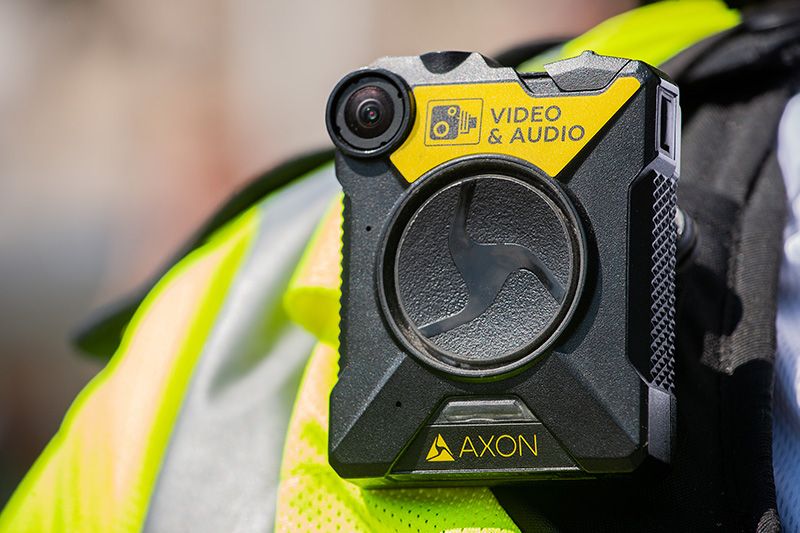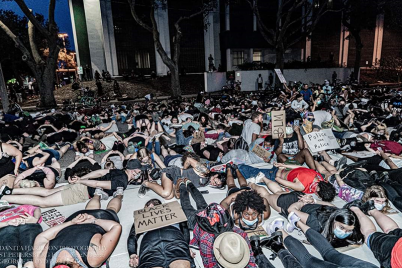BY DEIRDRE O’LEARY, Staff Writer
ST. PETERSBURG — At the Oct. 15 meeting, the St. Petersburg City Council approved $2.6 million of leftover funds from the 2019 budget to purchase body cameras for police officers. Operating costs for the equipment will cost an additional $1 million per year for the next four years, bringing the total cost to $6.7 million.
The city received seven proposals and chose Axon Enterprises Inc. to be the only vendor that met its criteria. In addition to 500 Body Worn Cameras, Axon supplied 450 Mobile Video Systems for police vehicles. The firm has provided equipment for 7,500 agencies worldwide, including several in Florida.
According to Sandra Bentil of the police public information office, the equipment will be fully implemented by the end of the year. The process of fitting the officers with the cameras and training them in their use is already underway.
A 2014 controlled study in the United Kingdom published in the Journal of Quantitative Criminology found that body cameras reduced both the use of force by police and citizen complaints. The study found the use of force was reduced by half when body cameras were worn. The number of complaints against police was reduced by a factor of ten times when the officers wore cameras.
A 2015 study of the Orlando police published in the Journal of Criminal Justice resulted in similar findings with much smaller sample size. The police “Response to Resistance” declined 53 percent when body cameras were worn, and citizen complaints fell 65 percent.
One issue that has come up with the cameras is how to handle police officers who may be wearing a camera but do not turn it on. Another is who should have custody of the actual video evidence.
The Urban Institute published a study in 2017 that found while the behavior of both police officers and citizens may be improved by the use of cameras, a far more significant impact resulted from better procedural justice practices. Such elements as officer empathy, quality of decision-making, and quality of treatment made much more of a difference in citizen satisfaction. Significant numbers of community members could not recall whether the officer wore a camera.








